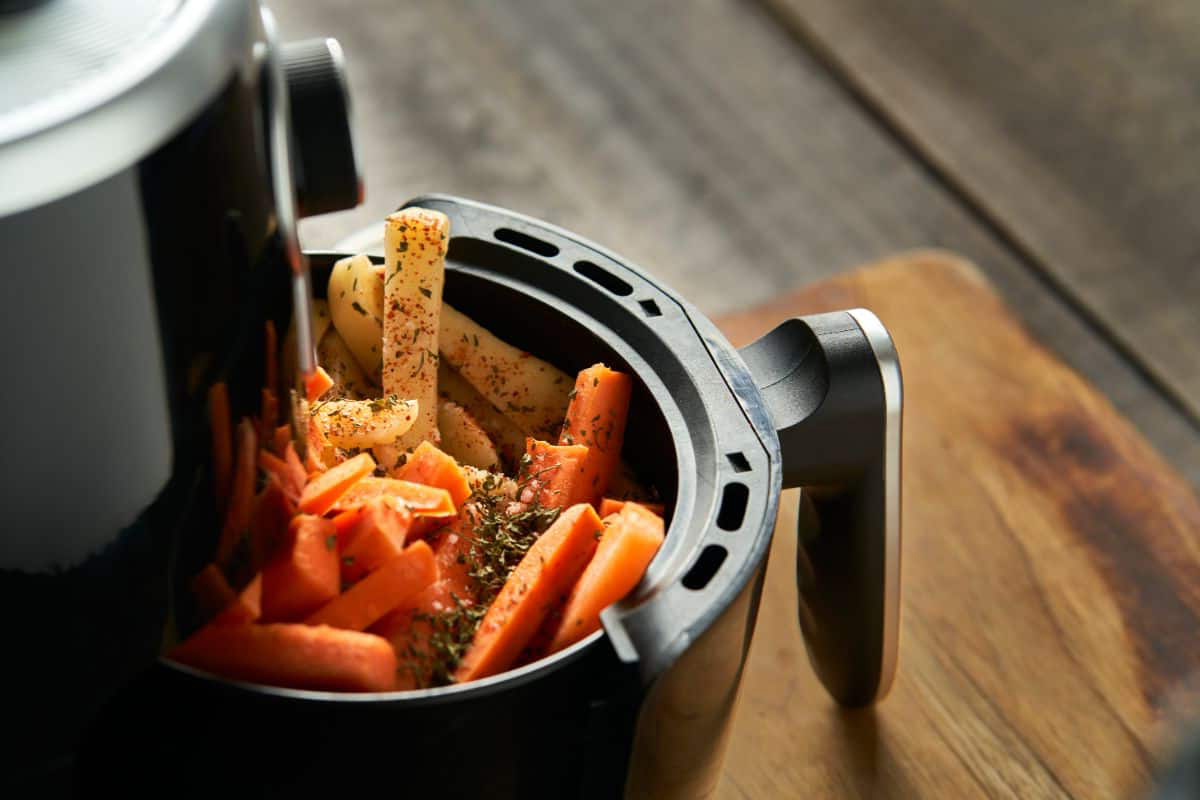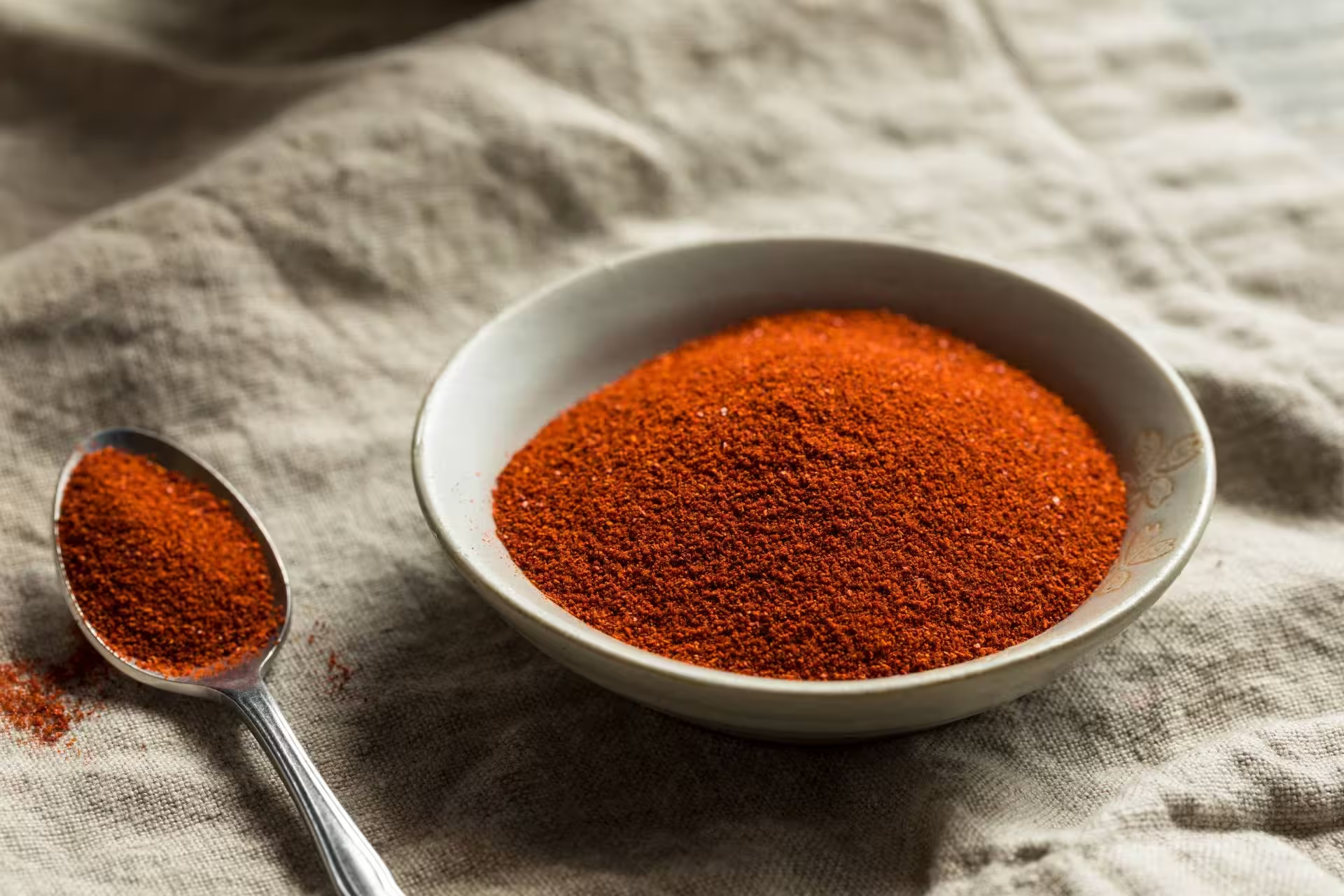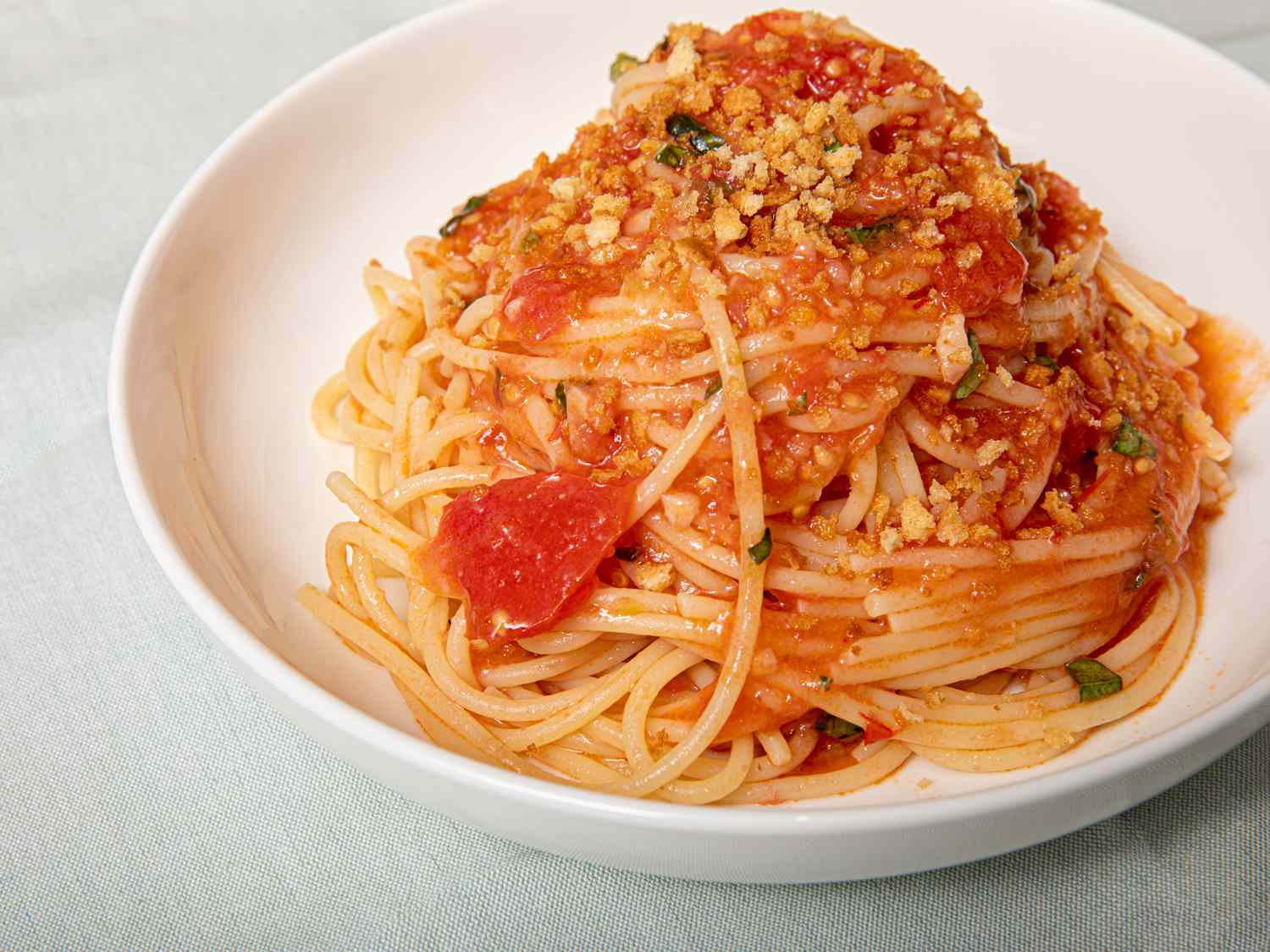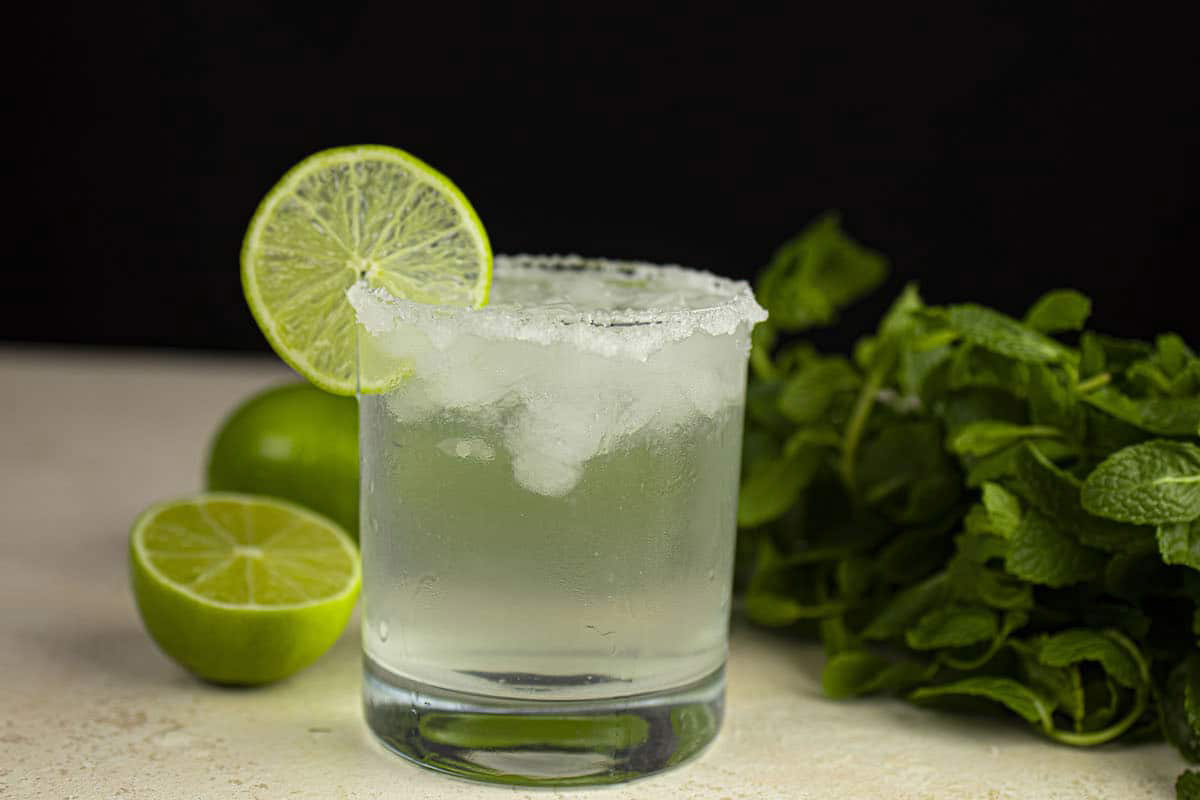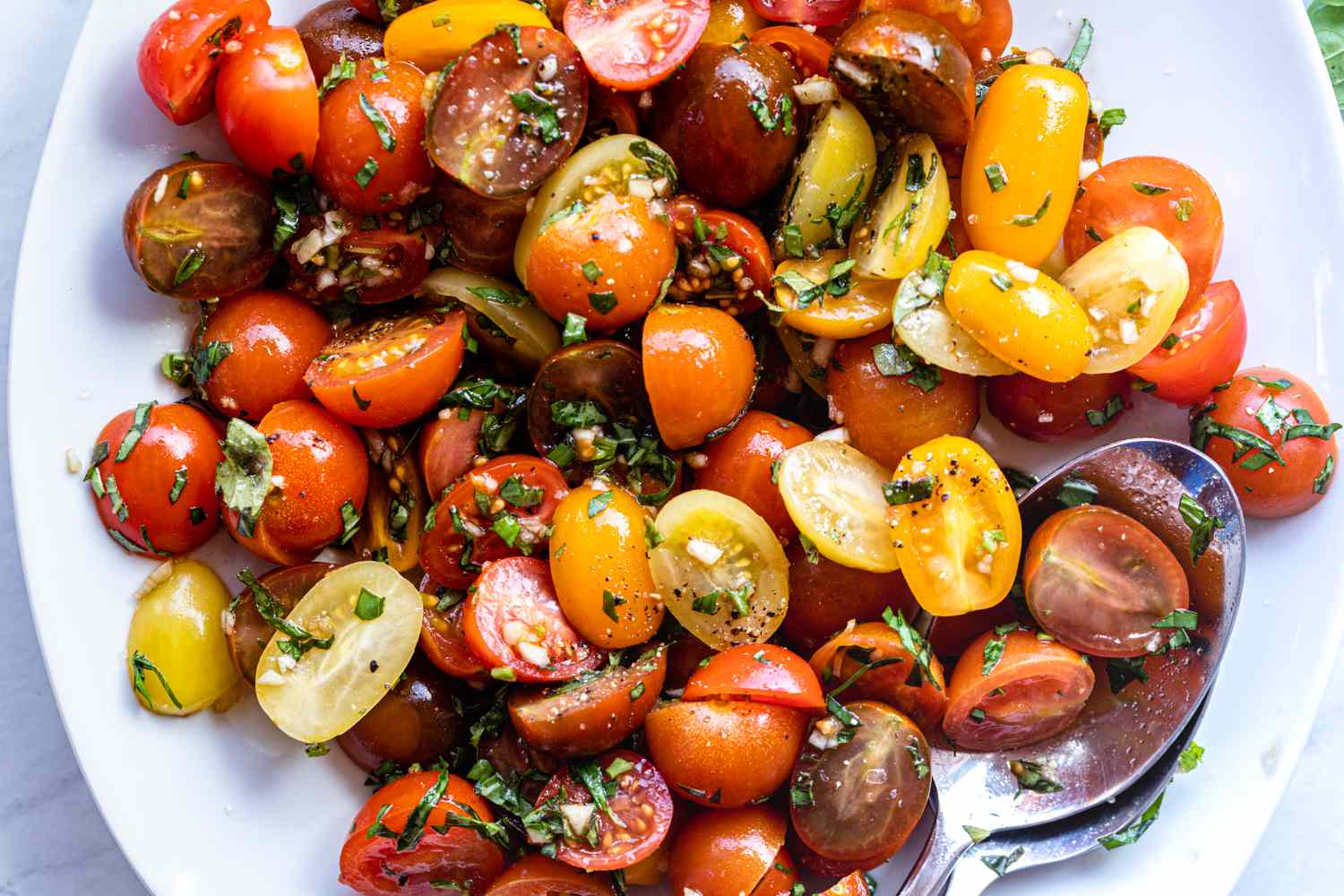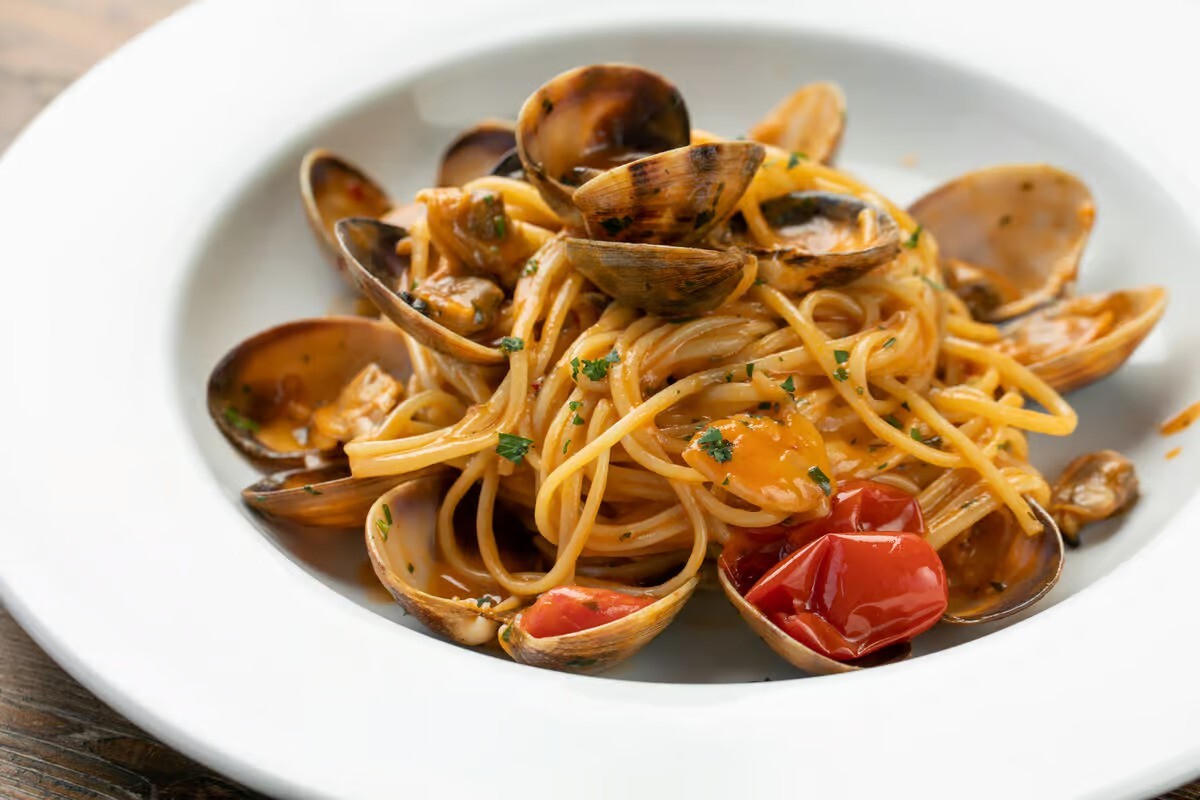Understanding Active Yeast in Baking
When it comes to baking, one of the key ingredients that plays a crucial role in the process is active yeast. But what exactly is active yeast and how does it contribute to the delicious breads, pastries, and other baked goods that we love? Let’s delve into the world of active yeast and explore its significance in the baking world.
What is Active Yeast?
Active yeast, also known as baker’s yeast, is a living organism that belongs to the fungus family. It is a key ingredient in baking as it is responsible for the process of fermentation, which helps dough to rise and gives baked goods their light and airy texture. There are different types of active yeast, including fresh yeast, dry yeast, and instant yeast, each with its own unique characteristics and uses.
The Role of Active Yeast in Baking
When active yeast is added to dough, it consumes the sugars present in the flour and produces carbon dioxide gas and alcohol through the process of fermentation. This gas gets trapped in the dough, causing it to rise and expand, resulting in the airy texture of bread and other baked goods. The alcohol produced by the yeast evaporates during the baking process, leaving behind the delicious aroma and flavor that we associate with freshly baked bread.
Types of Active Yeast
There are several types of active yeast that are commonly used in baking:
- Fresh Yeast: Also known as cake yeast, this type of yeast is moist and requires refrigeration. It has a shorter shelf life compared to other types of yeast and is often used by professional bakers.
- Dry Yeast: This type of yeast is available in both active dry and instant forms. Active dry yeast needs to be dissolved in warm water before use, while instant yeast can be added directly to the dry ingredients.
- Instant Yeast: Also known as rapid-rise yeast, this type of yeast is milled into finer particles, allowing it to dissolve and activate more quickly than active dry yeast.
Using Active Yeast in Baking
When using active yeast in baking, it’s important to activate it properly to ensure that it is alive and ready to leaven the dough. This typically involves proofing the yeast in warm water with a small amount of sugar, allowing it to become foamy and bubbly before adding it to the other ingredients. Following the recommended temperature and proofing time is crucial to the success of the yeast activation process.
Storing Active Yeast
Proper storage of active yeast is essential to maintain its effectiveness. It should be kept in a cool, dry place, away from direct sunlight and moisture. Once opened, it is best to store yeast in an airtight container in the refrigerator or freezer to prolong its shelf life.
Conclusion
Active yeast is a fundamental ingredient in baking, playing a vital role in the leavening process that gives bread and other baked goods their desirable texture and flavor. Understanding the different types of active yeast and how to properly use and store it can greatly impact the success of your baking endeavors. So, the next time you embark on a baking adventure, remember the importance of active yeast and the magic it brings to your creations.
Was this page helpful?
Read Next: What Is Brookie Dough
